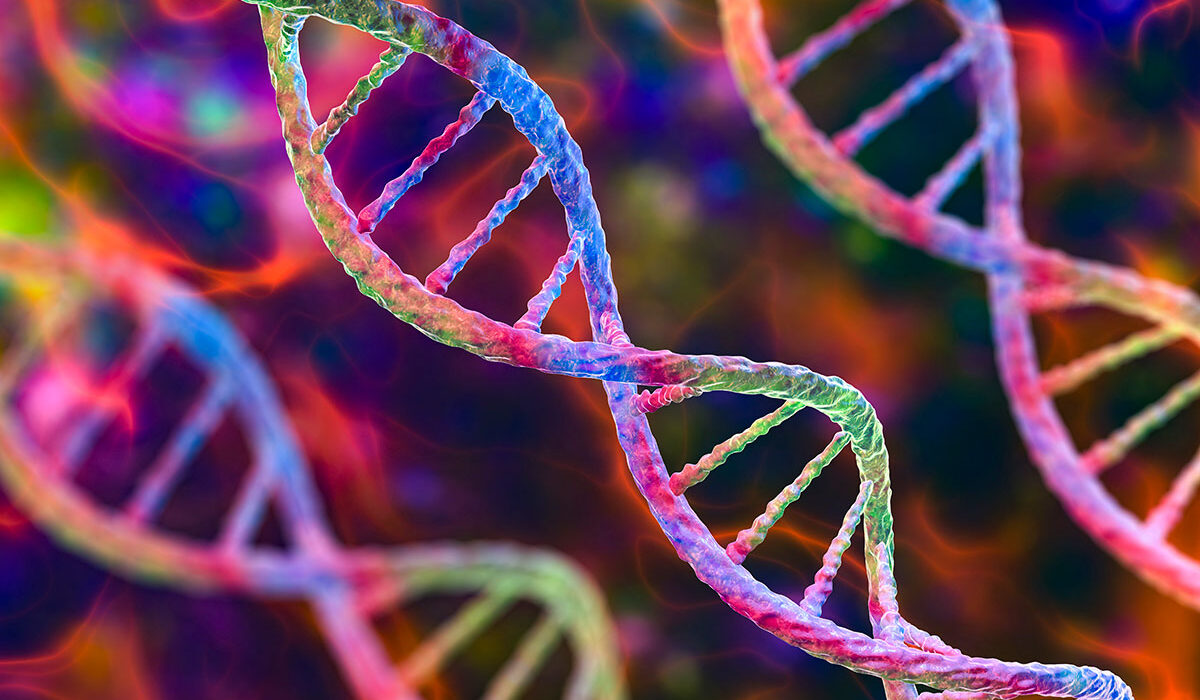Washington University School of Medicine in St. Louis has received two grants totaling $22.5 million to help lead national efforts to understand how DNA changes create differences in genomes across tissues within the same person. This variation — called somatic mosaicism — can change how cells operate and affect early development, disease risk, the aging process and other bodily changes across the life span.
An individual’s genome is often thought of as identical throughout the body, whether in a skin cell or a bone cell, for example. But it’s more complex than that. Over time, some cells accumulate changes in the DNA, creating genomic differences across tissues throughout the body.
The National Institutes of Health’s (NIH) Common Fund has issued 22 awards totaling $140 million, pending availability of funds, to multiple centers across the country to support the Somatic Mosaicism across Human Tissues (SMaHT) Network. The network’s goal is to understand the extent of somatic mosaicism throughout the body and how it may influence human health and disease. Such genetic variation is a major contributor to cancer development, and can be caused by environmental exposures as well as normal internal biological processes, but the full extent of its influence on health and disease is unknown.
At Washington University, Ting Wang, the Sanford C. and Karen P. Loewentheil Distinguished Professor of Medicine, is leading the work supported by both grants, one funding the organizational center for the national project and another supporting one of the data production centers.
“Somatic mosaicism is a normal part of life, but we know very little about it,” Wang said. “As we grow older, there is an increased mutation rate in our DNA as well as increased accumulation of mutations. A lot of age-related diseases and changes in our bodies over the life span are directly caused by such somatic variation — changes in any nonreproductive cells in our bodies. This research program sets out to generate a map describing the baseline somatic variations across a variety of cell types and across a large number of individuals. We are starting with healthy, normal tissue, so we will have this map as a reference and can use it to help us understand what may be going wrong in various diseases.”
Washington University will serve as the organizational center for the national project, coordinating activities and distributing resources to the network’s research community. Co-leading the organizational center with Wang are Lucinda Fulton and Heather A. Lawson, both assistant professors of genetics at Washington University. And the university will serve as one of five genome characterizations centers that will produce genomic data for the project. Co-leading the data production center with Wang are Robert S. Fulton, an assistant professor of genetics at Washington University, and Hui Shen, PhD, of the Van Andel Institute in Grand Rapids, Mich. Wang estimates that Washington University will supply about 20% of the data production for the network.
To be sure to include diverse populations, the network will analyze tissue samples from 150 human donors of diverse ancestries and at different life stages. The tissues to be collected from each donor will represent several tissue types throughout the body and likely will include samples from the brain, blood, skin, muscle, colon, spleen, uterus, vas deferens, ovaries and testis.
The network is an NIH-wide effort managed collaboratively by the NIH Common Fund, the National Human Genome Research Institute, the National Institute on Drug Abuse, the National Institute of Environmental Health Sciences, the National Institute of Mental Health, and the National Institute of Neurological Disorders and Stroke.
This work is supported by the National Institutes of Health (NIH), grant numbers 1U24NS132103-01 and 1UM1DA058219-01.
About Washington University School of Medicine
WashU Medicine is a global leader in academic medicine, including biomedical research, patient care and educational programs with 2,800 faculty. Its National Institutes of Health (NIH) research funding portfolio is the third largest among U.S. medical schools, has grown 52% in the last six years, and, together with institutional investment, WashU Medicine commits well over $1 billion annually to basic and clinical research innovation and training. Its faculty practice is consistently within the top five in the country, with more than 1,800 faculty physicians practicing at 65 locations and who are also the medical staffs of Barnes-Jewish and St. Louis Children’s hospitals of BJC HealthCare. WashU Medicine has a storied history in MD/PhD training, recently dedicated $100 million to scholarships and curriculum renewal for its medical students, and is home to top-notch training programs in every medical subspecialty as well as physical therapy, occupational therapy, and audiology and communications sciences.



